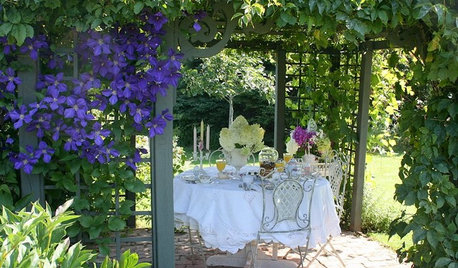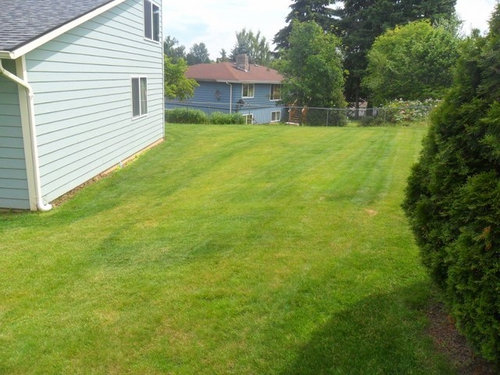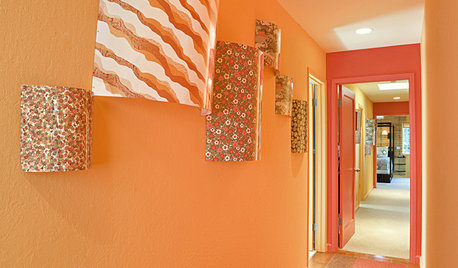50 shades of Green...
Artizam
10 years ago
Related Stories

MOST POPULAR50 Shades of Gray
Gray is hotter than ever, thanks to a hit novel full of risks and dark secrets. Tell us: Which paint shade possesses you?
Full Story
GREENPalatable Palettes: Green Goodness for Bedrooms
As ripe as a summer garden, green shades and tones help bedrooms show off their freshest face
Full Story
Guest Picks: Give Your Home a Helping of Spring Greens
Celebrate garden growth with this collection of housewares and gardening gear in the shades of budding plants
Full Story
SHOP ON HOUZZShop Houzz: 50 Shades of Beige
Go monochromatic for fresh and cozy beige-colored interiors
Full Story0

FURNITUREHouzz Flip: 50 Comfy Chairs Every Dad Will Want to Sit In
Relax into Father’s Day with this collection of inviting recliners and lounge chairs
Full Story
KITCHEN DESIGNPersonal Style: 50 Clever Real-Life Kitchen Design Details
Get ideas from savvy homeowners who have a knack for creating kitchens celebrating personal style
Full Story
GARDENING AND LANDSCAPING50 Great Designs for a Garden Party
Pergola, patio, deck, hearth or rooftop — find the outdoor party room for you
Full Story
VALENTINE’S DAY50 Valentines to Home
Houzz users reveal how they knew their home was "the one"
Full Story










BermudaTamer
dchall_san_antonio
Related Professionals
Holly Springs Landscape Architects & Landscape Designers · Eden Prairie Landscape Architects & Landscape Designers · Mountain Brook Landscape Architects & Landscape Designers · Saint Louis Park Landscape Architects & Landscape Designers · Willowick Landscape Architects & Landscape Designers · Newcastle Landscape Architects & Landscape Designers · Allentown Landscape Contractors · Broadlands Landscape Contractors · Fridley Landscape Contractors · Lantana Landscape Contractors · Palatine Landscape Contractors · Shaker Heights Landscape Contractors · Spring Landscape Contractors · Sacramento Swimming Pool Builders · Tampa Swimming Pool BuildersArtizamOriginal Author
dchall_san_antonio